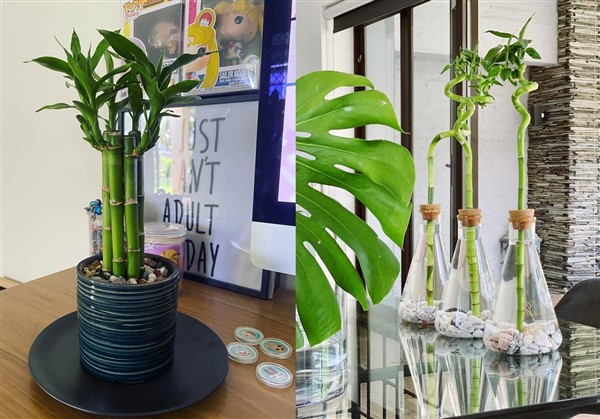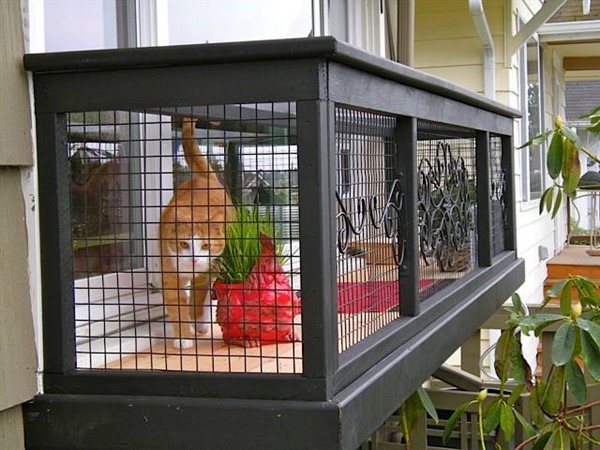Lucky Bamboo is a flowering plant that decorates mostly indoor spaces. It is such a well-known house plant that it has a lot of names. Here, they are Sander’s dracaena, ribbon dracaena, Dracaena braunii, and so on. More importantly, its scientific name is “Dracaena Sanderiana”, which this name comes from a gardener called “Henry Frederick Conrad Sander”. Geographically, Lucky Bamboo is native to Central Africa and in its close vicinity. Apart from that, as inferred from its name, this houseplant has a superstitious aspect. It is believed that it would bring luck to many places where it grew. Meanwhile, such plants are found at affordable prices in the markets.
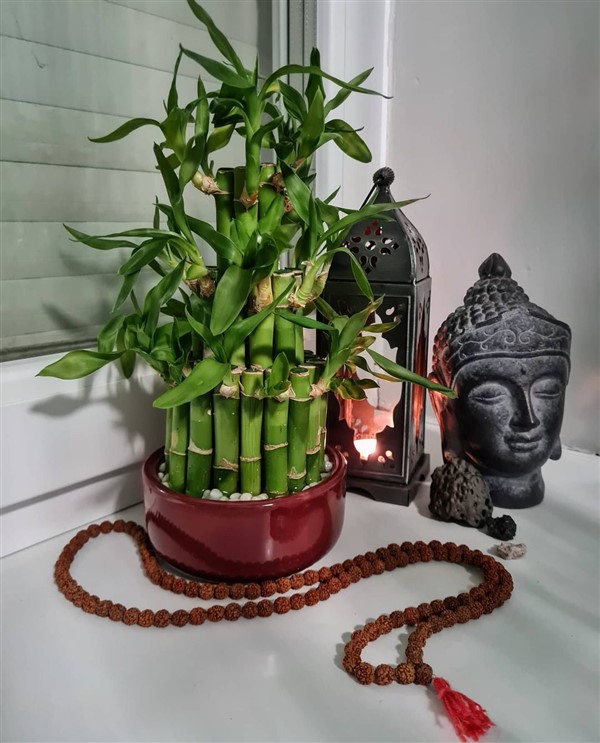
images via: Renata
General information
Lucky Bamboo is a perennial plant with concrete green stalks, twisted foliage, and white flower. The number of stalks could go up to twenty. It is easy to make different designs. Namely, it could get shaped according to sunlight direction and via perfect pruning. That’s why it has twisted or vertical stalks just as in pictures. When it comes to its flowering time, Unlike many plants such as Money Tree and Coral Bead Plant, this plant flowers in autumn and winter. To clarify it more, it blooms in certain points of the plant in nature. It isn’t certain whether it blossoms indoor spaces or not.
In terms of height, Lucky Bamboo could reach 40 inches (1 meter) On the other hand, it becomes roughly 10 inches (25 cm) under indoor conditions. Interestingly, it could live in the water as well as in the potting soil. So it is a Bryophytes plant. According to even such detail, its life span can change. It lives 1-2 years in water, however, becomes perennial in the soil. Just like Delta Maidenhair Fern, it is completely safe for pets.
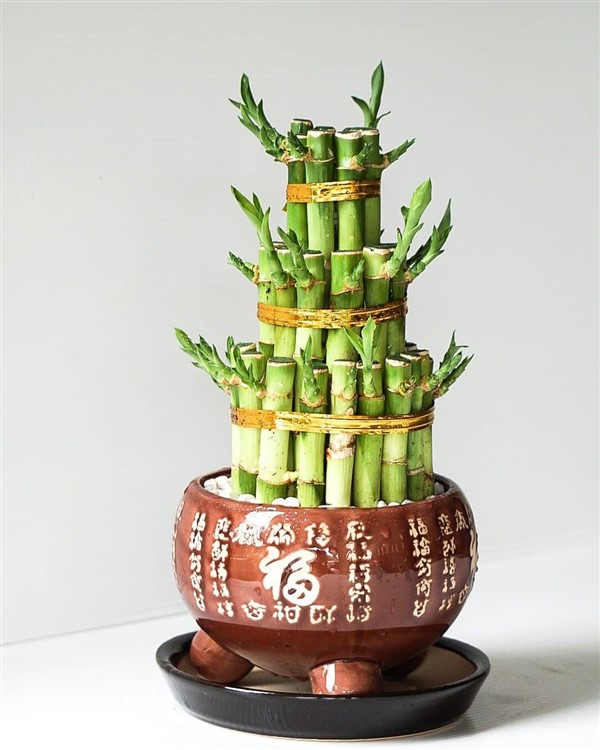
images via: Plants by Sandee
How to Care For Dracaena Sanderiana
Sunlight
Just like other plants, direct sunlight is deadly to Dracaena Sanderiana. However, semi-shade locations are quite effective in their growing process. Similarly, diffused sunlight is another significant point for such plants.
Watering
For those living in the water, change its water weekly. But for those living in the soil, water it by keeping its potting soil moist. Notably, tap water could pose danger to such plants due to containing chemicals like chlorinate and fluoride. So, you had better use purified water or bottled water.
Humidity
Lucky Bamboo likes bright, spacious, and well-ventilated areas. Also, it needs high humid settings. So mist it every other day. To a certain degree, it resists dry air as a different characteristic.
Temperature
In-between 65°F – 95°F (18°C – 35°C) is enough to grow this plant. According to the USDA plant hardiness map, 10-11 regions are proper for such types of plants. Briefly, the average warm and the optimal room conditions will suffice for it.
Soil Type
Loam potting soil is ideal for such houseplants. Also, its potting soil must be well-drained and well-ventilated. Above all, change the soil yearly. If possible, do it while repotting.
Fertilizer
As a general rule, this type of plant requires less fertilizer. Actually, water functions as a fertilizer in a sense. But liquid fertilizer is viable for such houseplants if you decide to use it. A little amount of liquid fertilizer will be enough monthly for those growing in soils. Differently, for those growing in water, every other month is enough.
Propagation
There are a number of propagation ways. Here, they are division, cutting, air-layering, and perhaps a couple more. In particular, for this houseplant, cutting (clipping) per pot will probably be the best way.
Repotting
If the plant becomes bigger than the pot or the roots are overgrown, transfer it to the bigger pot or container.
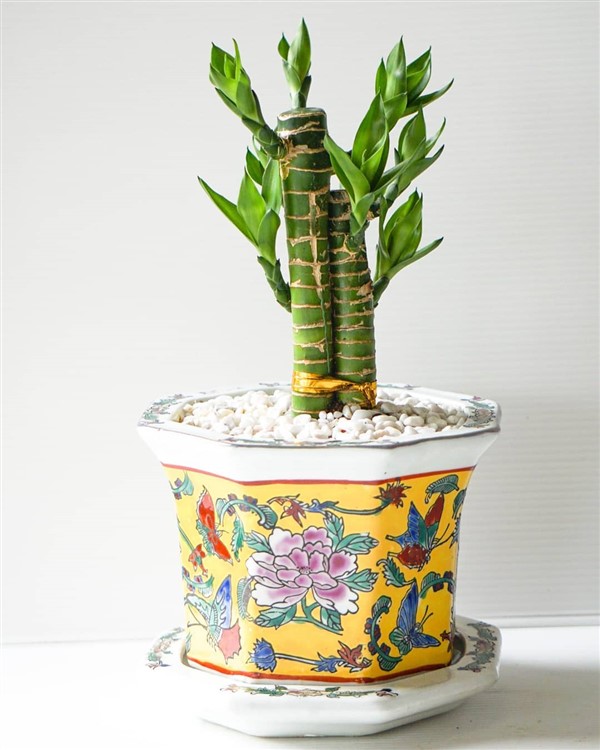
images via: Plants by Sandee
Common Problems
Chlorinated Water: As I noted above, tap water could be harmful to Lucky Bamboo. Moreover, it could kill the plant because this problematic water contains bacteria and other little forms. Chlorinate is a chemical that is found in swimming pools in general.
Yellowish Stalks: One of the common problems for such houseplants is the yellowish stalk. Generally, this problem stems from over-sunlight exposure, saltiness, and fluoridated water (tap water).
Insect Infestation: Mites and mealybugs are worrying problems. Generally, such problems occur when routine plant care is neglected for a long time.
Suggestions for problems: Chlorinated water could even kill trees. So use purified or bottled water. When it comes to the yellowish stalks, unfortunately, no turn to green stalks again. So cut the yellow ones to propagate new green ones. Insect-infested plants are trouble indeed. Go on its routine care and use alcohol-based wipes or insecticides.
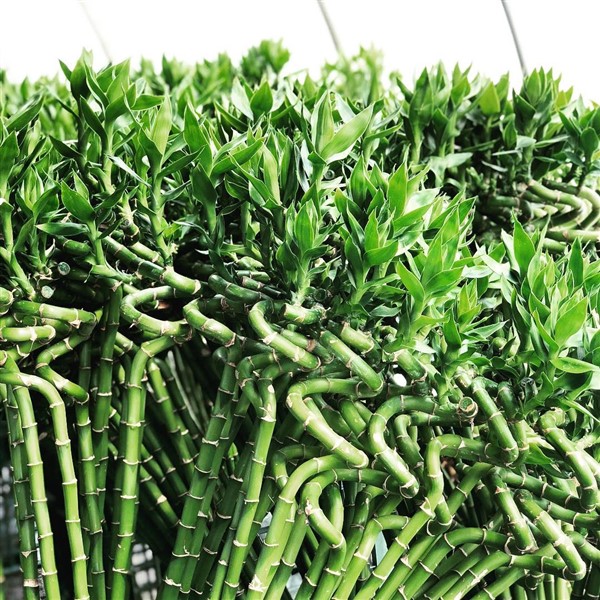
images via: greenman
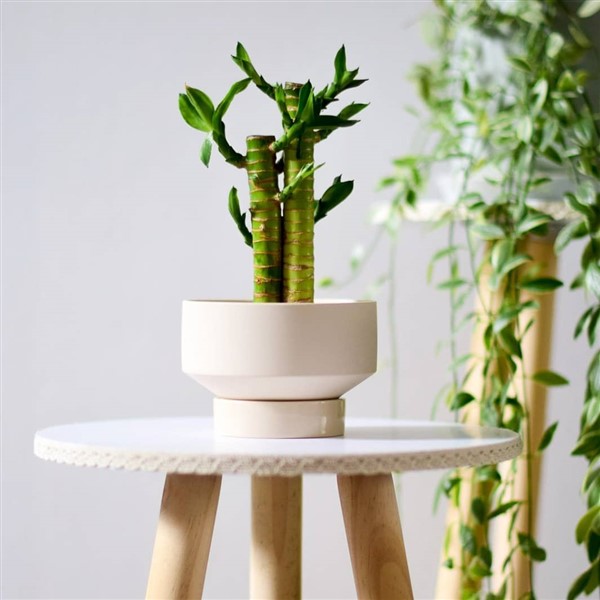
images via: pine sg
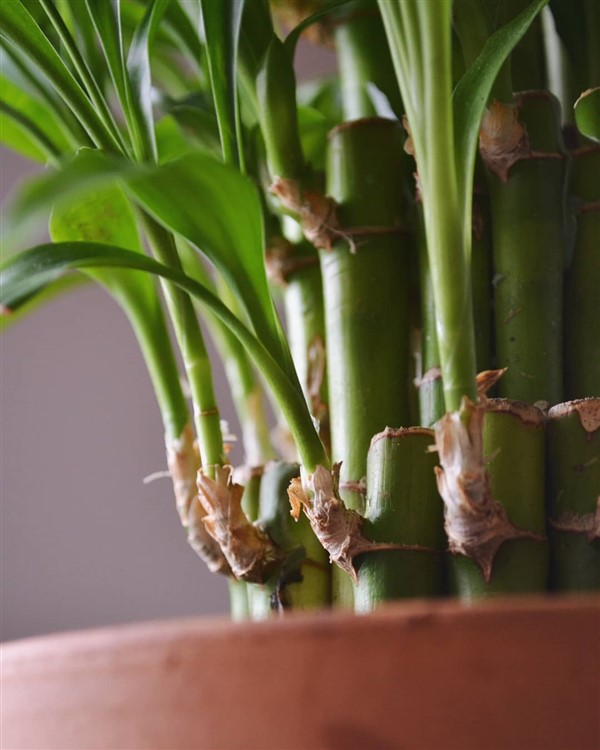
images via: Claire
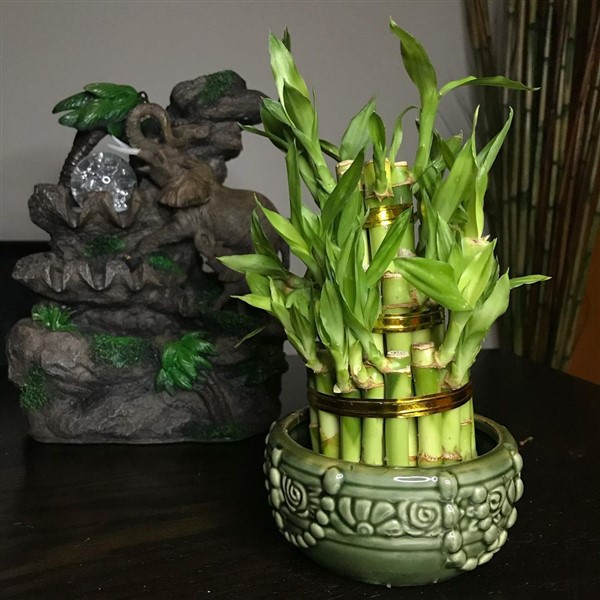
images via: twistedbamboo
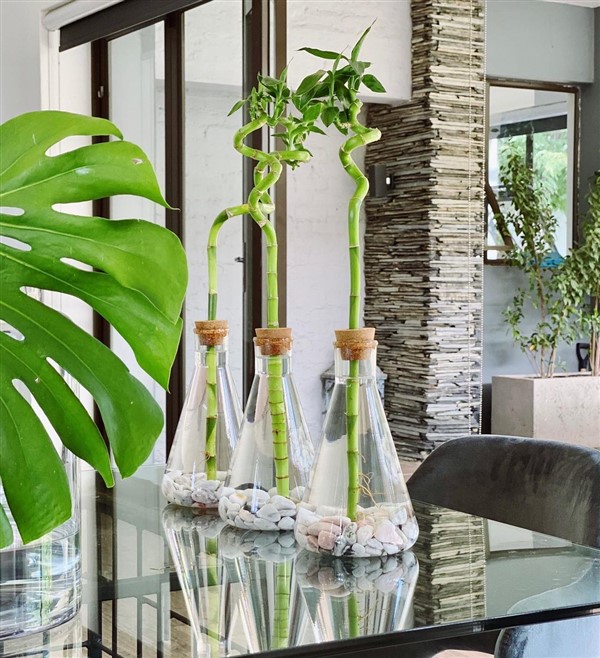
images via: Keddi
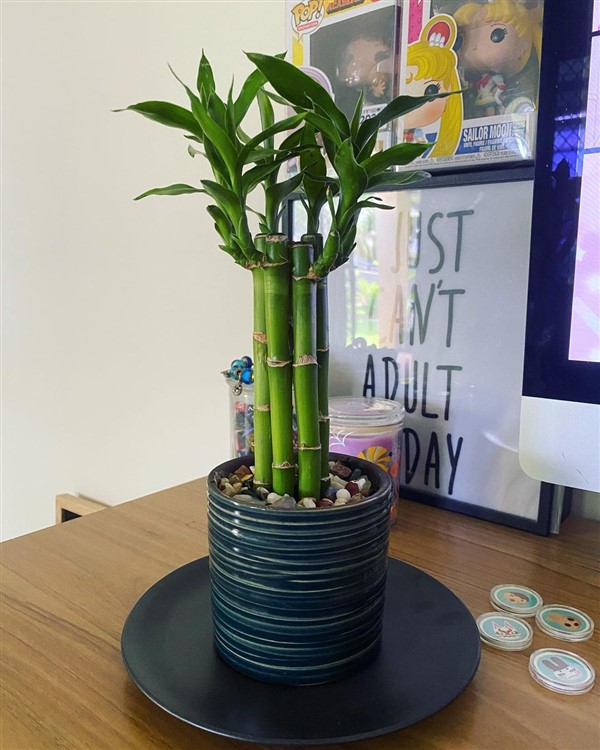
images via: Kitty Goerlich
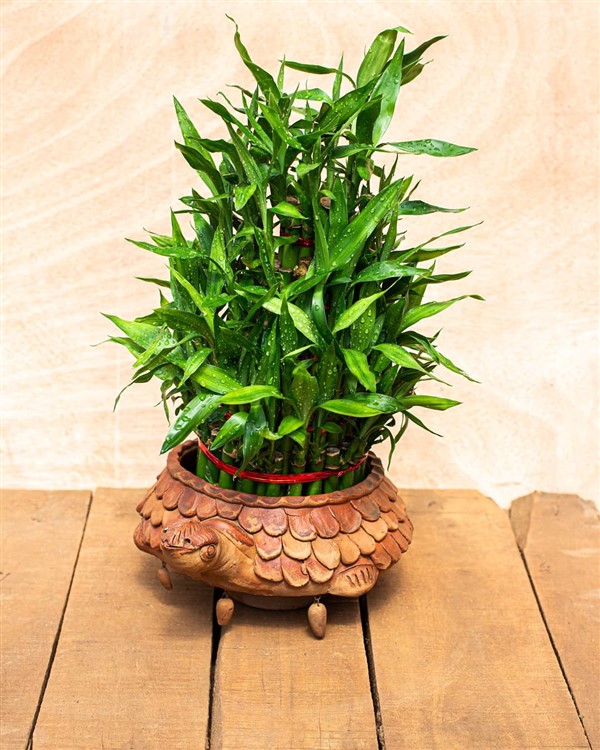
images via: The Farm People
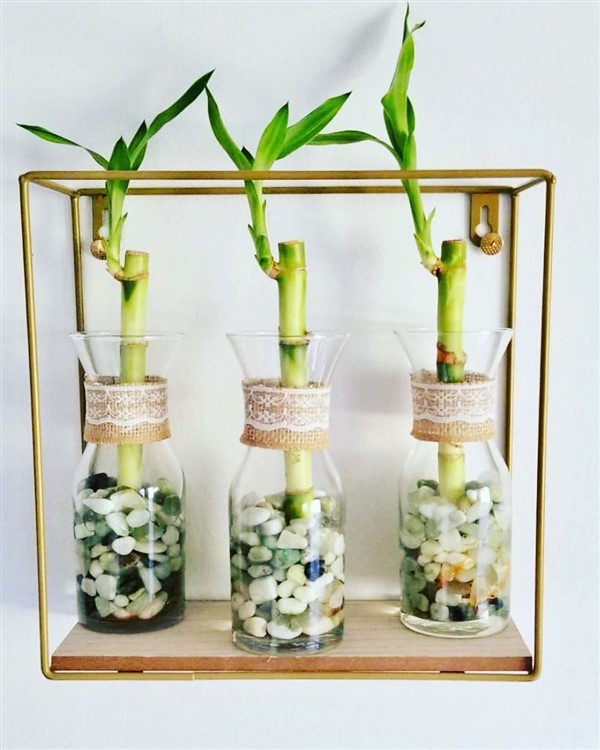
images via: Makayla
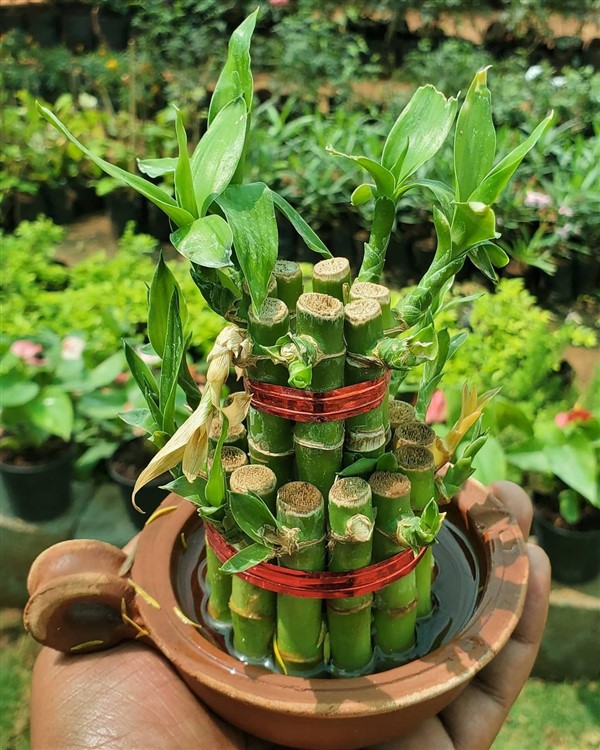
images via: Srilatha
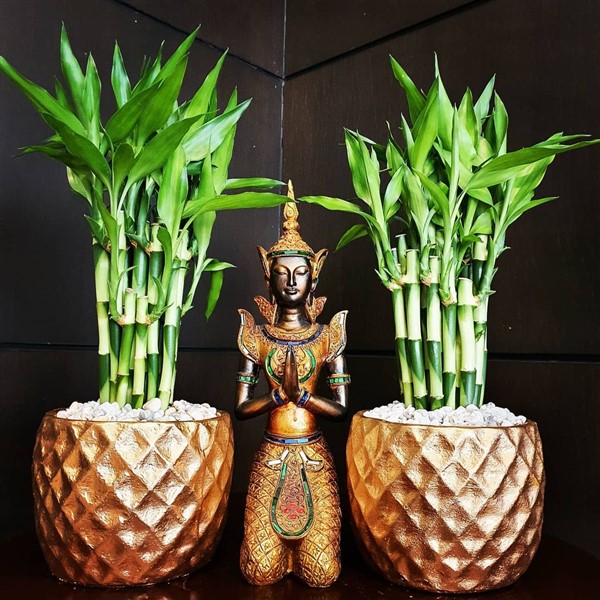
images via: lucky bamboo
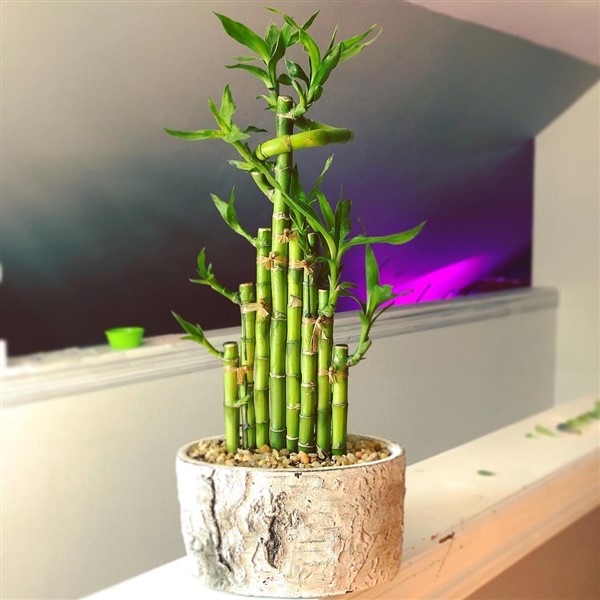
images via: Ariel

